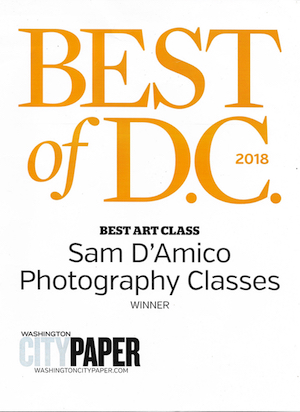.Editing our photographs is a process that happens constantly.
I realized this over the course of the last few days because I spent a good chunk of time editing my pictures for a presentation.
That process got me thinking that I’m glad I’m constantly editing my work before I prepare work for presentation. I also realized that editing our photographs skilfully makes our work easier.
 |
 |
What’s Editing?
In short, editing is the act of correcting, modifying, or condensing.
Editing is a skill; the most skillful editors don’t over or under-edit.
And whether we realize it or not, we constantly edit our photographs. Hence, it makes sense to see what we’re doing and when we’re doing our job as editors and become aware of how editing affects our process and pictures.
Types of Editing
We can think of editing our photographs in terms of pre-production, production, and post-production.
Another way of thinking about this is the work we do before, during, and after creating photographs.
Also, we can think of this as work during pre-production, production, and post-production.
Pre-production is the work we do before making pictures.
Production is the work we do while making the picture.
And post-production is the work we do after making the picture.
Don’t Confuse Editing Our Photographs With Manipulating Them
When speaking with photographers during my classes about editing our photographs, many confuse manipulation with editing.
To be clear, manipulation changes what we photograph or the photograph itself.
And me being what some might consider a purist, I do nothing to affect the content of my photographs in post-production.
I only change the file type from RAW to one used for production.
Skillfully Editing Our Photographs Upfront and During Means Less Editing Later
When I started working as a photojournalist, I had to develop the film…
select the negatives to print for the assignment…
make prints from the chosen negatives…
and finally, get the prints to the writers and editors.
Also, I remember how much I hated being in a dark room.
And because I hated being stuck in the darkroom, I honed my compositional skills by finding a good teacher to work with.
While working with that teacher, I learned how to be the photographer I wanted to become.
And the best teacher I worked with taught me that the more we edited our photographs while creating the picture, the less editing we had to do in the darkroom.
Of course, the photographer I wanted to be got the picture right the first time in the camera.
And I wanted to get it the first time in the camera because I wanted to be less in the darkroom.
Specifically, during creating the pictures required for the assignment (production), I became more selective of the images I made.
This resulted in creating fewer photographs.
Also, I got my exposure, ISO, framing, and content exactly how I wanted (production).
This lessened the time editing my work in the darkroom (post-production).
Naturally, this approach lessened my time in the darkroom because it lessened my time editing in post-production, which included selecting my pictures to print and my time in the darkroom printing.
My Introduction to Photography class covers everything we need to do to get our pictures right the first time in the camera.
Be a Better Photographer!
Study and Practice Photography With Sam
—
Get Emails From Sam Intended To Help You Be a Better Photographer
—
Get Photographs To Decorate Your Space

